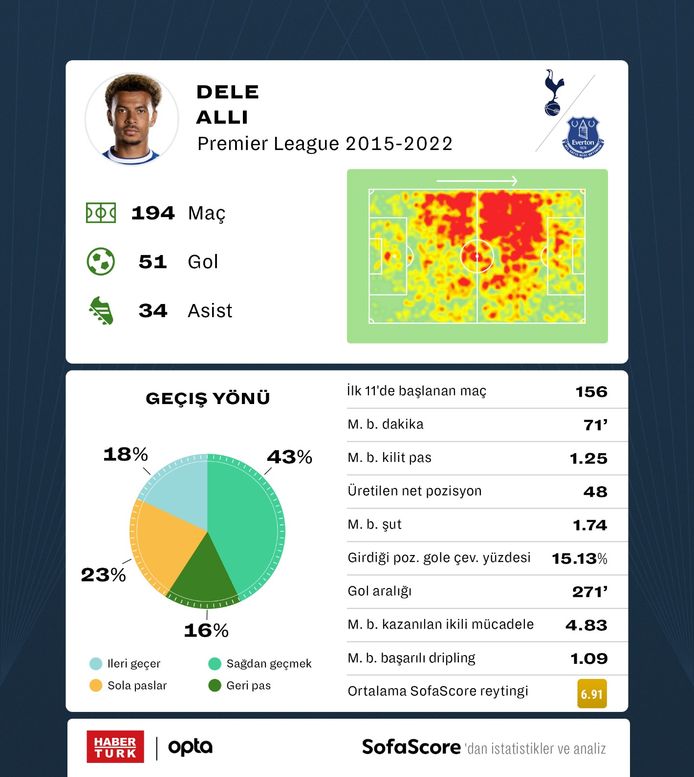WGA And SAG-AFTRA Strike: A Joint Effort To Reshape Hollywood

Table of Contents
Key Demands of the WGA and SAG-AFTRA Strike
The WGA and SAG-AFTRA strikes are fueled by a convergence of critical issues impacting the livelihoods and working conditions of writers and actors. Their demands represent a significant push for a more equitable and sustainable entertainment industry.
Fair Wages and Residuals in the Streaming Era
The rise of streaming platforms has fundamentally altered the landscape of television and film production. While streaming services like Netflix, Disney+, and HBO Max have enjoyed massive success, the traditional compensation models haven't kept pace, leaving writers and actors significantly underpaid compared to the revenue generated. The shift from traditional television models, where residuals were a significant source of income for repeated airings and syndication, to streaming's opaque payment structures has created a significant financial disparity.
- Negative impact of streaming on residuals: Traditional syndication deals guaranteed residuals for reruns and home video releases. Streaming platforms offer far less transparency and often pay minimal or no residuals, even for highly successful shows.
- Demand for transparency in streaming revenue sharing: The WGA and SAG-AFTRA are demanding greater transparency into the financial performance of streaming shows and a more equitable share of the profits.
- Proposals for minimum residual payments: The unions are proposing minimum residual payments based on a show’s success, ensuring a fairer compensation structure that reflects the value of their creative contributions.
The Rise of Artificial Intelligence (AI) and its Threat to Creative Professionals
The rapid advancement and integration of Artificial Intelligence (AI) in the entertainment industry pose a significant threat to the livelihoods of writers and actors. AI-powered tools are increasingly being used for script generation, character development, and even performance simulation.
- AI usage in scriptwriting and acting: AI tools are being utilized to generate scripts, suggest dialogue options, and even create synthetic actors through deepfake technology.
- Demands for AI usage limitations: The unions are demanding strict regulations on the use of AI, preventing its use as a replacement for human creativity and talent.
- Proposals for safeguards against AI replacing human creatives: They propose safeguards to ensure that AI is used as a tool to augment, not replace, human creativity, protecting the jobs and professional integrity of writers and actors.
Improved Working Conditions and Healthcare
Beyond financial compensation, the WGA and SAG-AFTRA are also demanding significant improvements in working conditions and healthcare access. Years of long hours, stressful work environments, and inadequate healthcare coverage have taken a toll on the well-being of many creative professionals.
- Examples of unfair working conditions: Issues such as excessively long working hours, inadequate rest periods, and unsafe working conditions on set are common complaints.
- Demands for improved healthcare benefits: The unions are seeking improved and more affordable healthcare plans to ensure that creative professionals can access the medical care they need.
- Proposals for safer and more ethical working environments: This includes measures to prevent exploitation and ensure a more respectful and supportive working environment for everyone involved in the entertainment industry.
The Impact of the Joint Strike on Hollywood
The joint strike by the WGA and SAG-AFTRA has brought Hollywood to a standstill, with far-reaching consequences for the entire industry.
Production Delays and Cancellations
The strike has resulted in widespread delays and cancellations of film and television productions. Major studios have been forced to halt projects, impacting not only the creative teams but also countless other professionals involved in production.
- Examples of major productions affected: Numerous high-profile films and television shows have been delayed or put on hold due to the strike, creating a significant backlog.
- Estimations of financial losses for studios: The financial losses for studios are already substantial and continue to accumulate as the strike progresses.
- Potential ripple effect on related industries: The strike’s impact extends far beyond the studios, affecting numerous related industries such as catering, transportation, and hospitality.
Public Support and the Power of Collective Bargaining
The strike has garnered significant public support, highlighting the widespread understanding of the issues at stake. The unified front presented by the WGA and SAG-AFTRA demonstrates the power of collective bargaining and the importance of solidarity amongst creative professionals.
- Examples of public support: Social media campaigns, petitions, and public demonstrations show significant public support for the strikers' demands.
- Analysis of the historical effectiveness of previous strikes: Past strikes in Hollywood have demonstrated the potential for collective action to achieve significant gains for labor rights.
- Potential for legislative changes affecting labor laws in the entertainment industry: The strike may contribute to a renewed focus on labor laws and their application to the entertainment industry.
Potential Outcomes and the Future of the Entertainment Industry
The outcome of the WGA and SAG-AFTRA strike remains uncertain, with several potential scenarios.
- Potential outcomes of successful negotiations: A successful resolution could lead to significant improvements in compensation, working conditions, and safeguards against AI exploitation.
- Potential long-term changes to the industry's business model: The strike could force studios to rethink their business models and prioritize fair compensation for creative professionals.
- Speculation about the future of streaming and AI in the entertainment industry: The strike will likely influence the future integration of streaming platforms and AI technologies in the entertainment industry.
Conclusion
The WGA and SAG-AFTRA strike is a pivotal moment, highlighting the critical need for fair wages, improved working conditions, and protection against the disruptive forces of AI. The joint action underscores the power of collective bargaining and could fundamentally reshape the future of Hollywood. The fight for fair labor practices is not just about actors and writers; it’s about ensuring a sustainable and equitable future for the entire entertainment industry.
Call to Action: Stay informed about the progress of the WGA and SAG-AFTRA strike. Understanding the key issues in this fight for fair labor practices is crucial for shaping a more equitable future for Hollywood. Let's support the efforts of writers and actors to secure a better future for creative professionals in the entertainment industry. Learn more about the WGA and SAG-AFTRA strike and how you can support their efforts.

Featured Posts
-
 Journaliste Belge Hugo De Waha Remporte La Prestigieuse Bourse Payot
May 26, 2025
Journaliste Belge Hugo De Waha Remporte La Prestigieuse Bourse Payot
May 26, 2025 -
 La Guerre Contre L Iptv Pourquoi Rtbf Et Rtl Belgium Passent A L Attaque
May 26, 2025
La Guerre Contre L Iptv Pourquoi Rtbf Et Rtl Belgium Passent A L Attaque
May 26, 2025 -
 Une Nouvelle Dynamique Pour Les Diables Rouges Analyse De La Performance De La Rtbf
May 26, 2025
Une Nouvelle Dynamique Pour Les Diables Rouges Analyse De La Performance De La Rtbf
May 26, 2025 -
 The China Factor Analyzing The Automotive Market Difficulties Faced By Bmw Porsche And Competitors
May 26, 2025
The China Factor Analyzing The Automotive Market Difficulties Faced By Bmw Porsche And Competitors
May 26, 2025 -
 Prekrshuvanja Na Mertsedes Kazni Pred Trkata Vo Bakhrein
May 26, 2025
Prekrshuvanja Na Mertsedes Kazni Pred Trkata Vo Bakhrein
May 26, 2025
Latest Posts
-
 Transferde Son Dakika Gelismeleri Ingiliz Kuluebue Hedefini Yakaladi
May 28, 2025
Transferde Son Dakika Gelismeleri Ingiliz Kuluebue Hedefini Yakaladi
May 28, 2025 -
 Ingiliz Devinden Yazin En Bueyuek Transferi Avrupa Yakinda Duyacak
May 28, 2025
Ingiliz Devinden Yazin En Bueyuek Transferi Avrupa Yakinda Duyacak
May 28, 2025 -
 Avrupa Yi Sasagicak Transfer Ingiliz Devi Anlasmayi Neredeyse Tamamladi
May 28, 2025
Avrupa Yi Sasagicak Transfer Ingiliz Devi Anlasmayi Neredeyse Tamamladi
May 28, 2025 -
 World Class Striker On Arsenals Radar Record Transfer Fee Expected
May 28, 2025
World Class Striker On Arsenals Radar Record Transfer Fee Expected
May 28, 2025 -
 Arsenal Transfer Rumours Imminent Record Breaking Signing
May 28, 2025
Arsenal Transfer Rumours Imminent Record Breaking Signing
May 28, 2025
